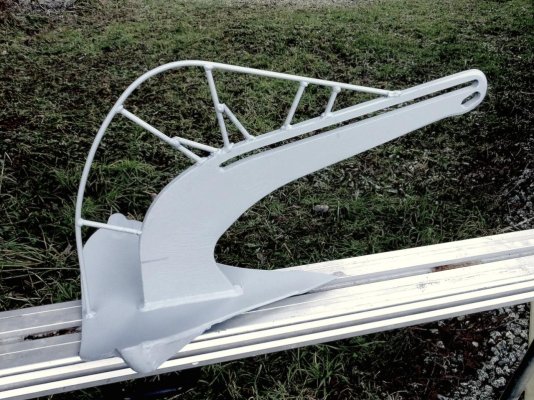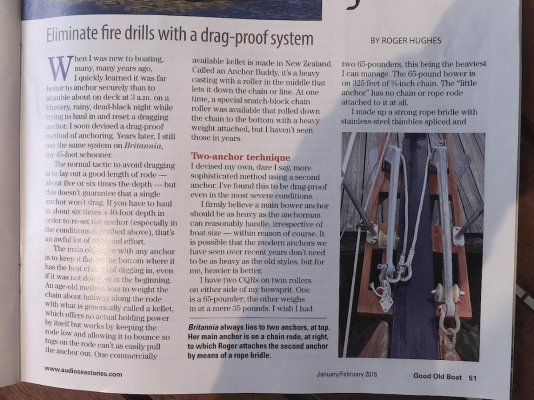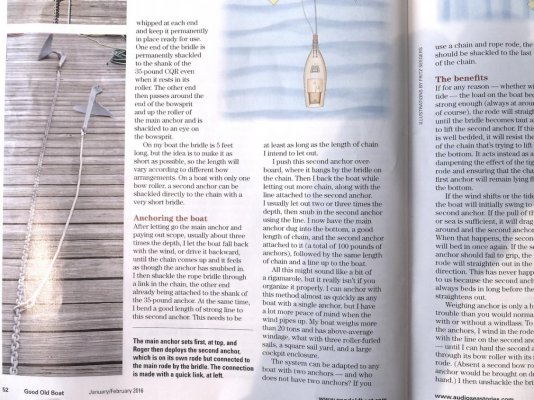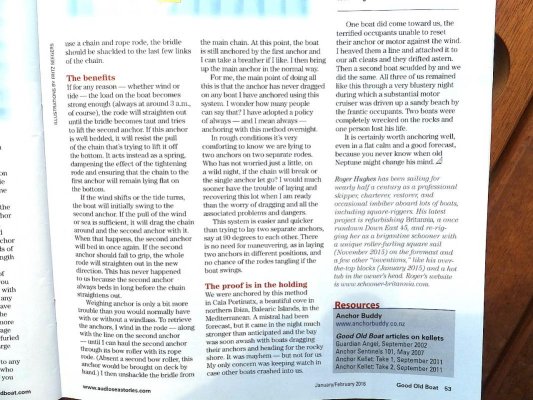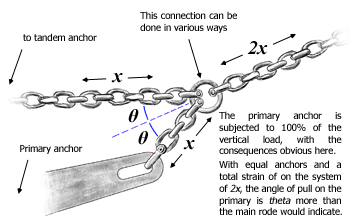Wxx3
Dauntless Award
- Joined
- Jan 10, 2013
- Messages
- 2,820
- Location
- USA
- Vessel Name
- Dauntless
- Vessel Make
- Kadey Krogen 42 - 148
I only have room for one anchor on the bow.
My boat is 21000 lbs, four foot draft and ten feet of house above the water.
I travel up the east coast annually from Florida to New England.
I am willing to pay the price.
What is the best anchor to buy???
The most expensive one you can find is surely the best, as proven by all the folks buying it.


